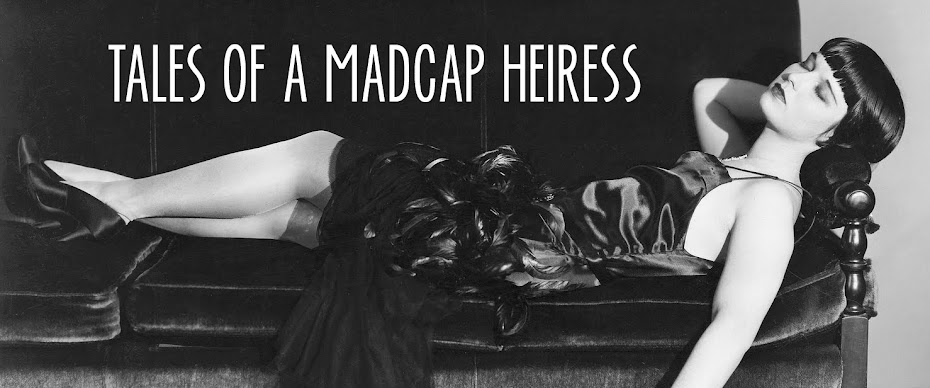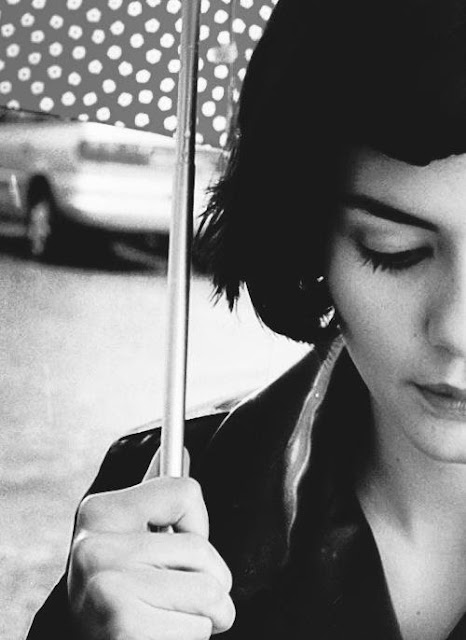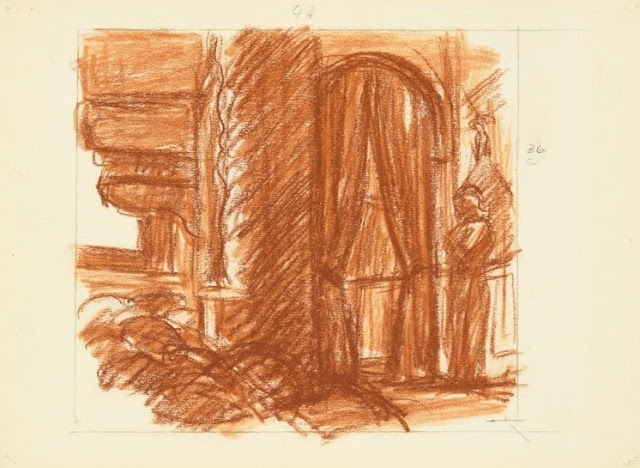"Julia Jackson" Julia Margaret Cameron (1867)
There is a small but powerful exhibit currently at the Met devoted to the work of the great Victorian photographer Julia Margaret Cameron (1815–1879). Cameron focused her efforts on creating portraits and
allegorical scenes that often bring to mind Pre-Raphaelite paintings. Her
photographs are ethereal and beautiful, sometimes mysterious and always
striking.
The mother of six
didn’t take up photography until middle age when her daughter and son-in-law
gave her a camera as a present. Unlike other photographers who strove for detailed
clarity, she relied on soft focus and long exposures that often resulted in
blurred images. Many of her fellow photographers mocked her work yet her images
remain some of the most important photographs of the 19th century.
"Sir John Herschel" Julia Margaret Cameron (1867)
Friends with the
leading artists and scholars of her time, Cameron would engage many of them as
her models. We see Alfred, Lord Tennyson in
an image that the poet dubbed “the dirty monk,” noted scientist Sir John Herschel whose solemn face and white collar gives him the look of a preacher of old, and Lewis Carroll’s muse, Alice Liddell, posing as Pomona the
goddess of fruitful abundance.
"Sappho" Julia Margaret Cameron (1865). Notice the crack?
For me, my
favourites are her images of women. Her niece, May Prinsep, is seen
posing as Beatrice Cenci, the
Roman woman immortalized by Shelley while her housemaid, Mary
Hillier, makes a lovely Sappho
in an image that Cameron was so fond of that she kept it even though the
negative had a large, visible crack in it.
Unlike her male
models, Cameron almost always posed her female models as famed characters from
literature and mythology. One exception was the haunting photograph of her
favourite niece, Julia Jackson (the mother of Virginia Woolf). Her face half in
shadows, she is portrayed without any costume, her beauty allowed to speak for
itself.
Cameron once said,
“I longed to arrest all beauty that came
before me, and at length the longing has been satisfied.” I believe she did indeed achieve her goal.
“Julia Margaret Cameron” is at the Met
through January 5, 2014. For more information, visit here.








































